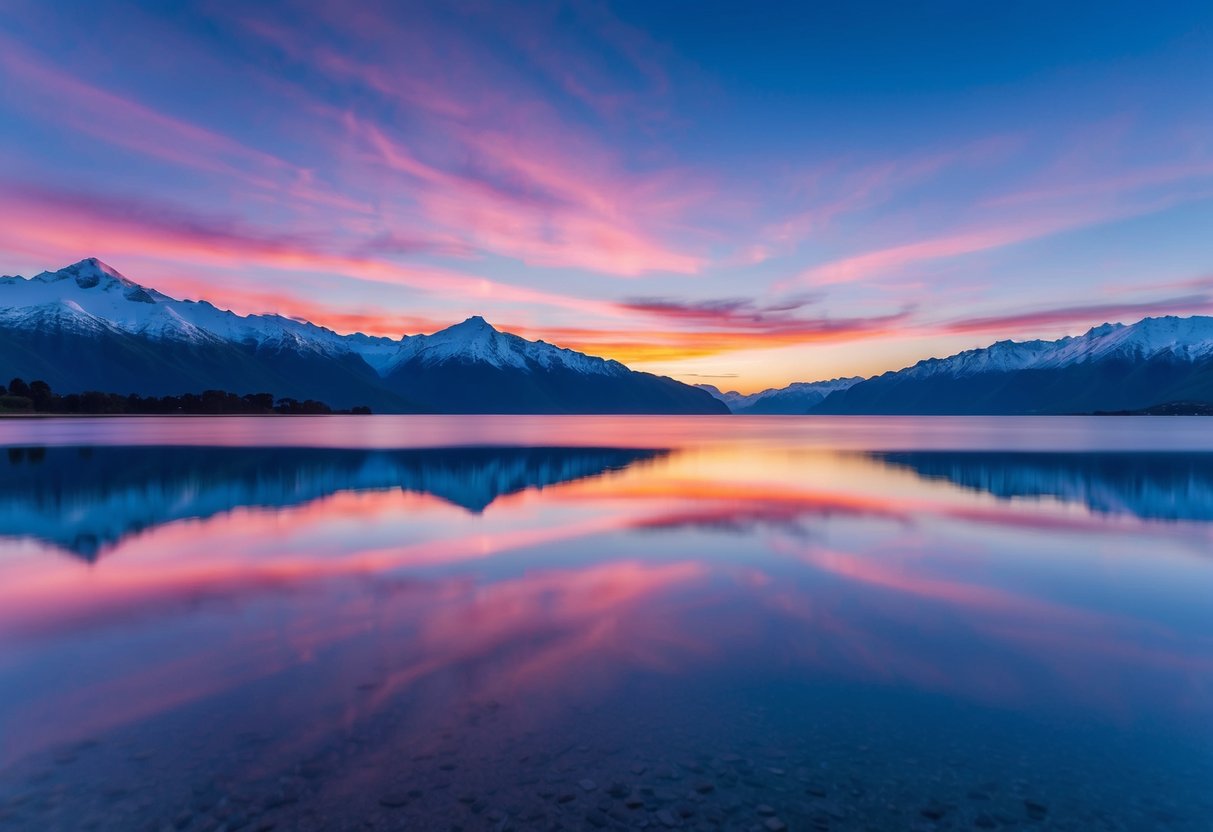
Capturing Lake Tekapo’s Serenity
Lake Tekapo is known for its dazzling turquoise water, often attributed to the finely ground rock particles from surrounding glaciers. Photographers can take advantage of its serene landscape during early morning or late afternoon. These times provide optimal lighting conditions, reducing harsh shadows and highlighting the lake’s vibrant hues. It is advisable to use a polarizing filter to minimize glare and capture the true colors reflected in the water.
The sky’s colors often mirror beautifully on the lake’s surface, creating symmetrical compositions. Photographers should experiment with long exposure techniques, which help smooth out any ripples on the water, providing a perfectly mirrored image of the surrounding landscape. Ensuring a steady camera setup using a tripod increases the chances of capturing breathtaking images.
Lake Wanaka and That Wanaka Tree
Lake Wanaka is a favorite among photographers for its scenic views and the famous Wanaka Tree that grows directly from the lake. Approaching the tree from various angles allows photographers to frame it against different backdrops, ranging from the Southern Alps to the expansive sky. Capturing this tree at sunrise or sunset can result in captivating images with dynamic colors.
Reflection photography can be enhanced by selecting days when the wind is minimal, as calm conditions help the water act as a mirror. Experimentation with different focal lengths can capture the swaying branches of the Wanaka Tree in clear detail, or alternatively, focus on wider shots that include both the tree and surrounding landscapes. Utilizing these techniques ensures that photographers can capture the tranquil beauty and unique character of Lake Wanaka and its famed icon.
Mountain Peaks and Alpine Vistas
New Zealand offers magnificent mountain landscapes with the Southern Alps and Roy’s Peak being prime locations for photography. These areas provide opportunities to capture snow-covered peaks and breathtaking alpine views.
Photographing the Southern Alps
The Southern Alps stretch across the South Island, forming a backbone of striking peaks. Among these, Mount Tasman stands tall, providing a captivating subject for any photographer. Known for its snow-covered peaks, these mountains change dramatically with the seasons, offering photographers an ever-changing canvas.
Morning light is particularly favorable, illuminating the peaks with a warm glow. Photographers often seek vantage points that offer panoramic views. Access can be challenging, requiring careful planning and consideration of weather conditions, ensuring safety while capturing these awe-inspiring landscapes.
Discovering the Beauty of Roy’s Peak
Roy’s Peak, located near Wanaka, is a well-known spot for capturing expansive alpine vistas. The trek to the summit is popular among photographers for its clear path and rewarding views. The peak provides a sweeping outlook over Lake Wanaka and the surrounding peaks, offering endless opportunities for stunning compositions.
Evening light is often ideal, painting the scene in rich tones that highlight the natural contour of the land.
Photographers are advised to be patient, waiting for the perfect moment when clouds and light create the ideal conditions for their shot. Proper equipment, including wide-angle lenses, is recommended to do justice to the vast landscape visible from this remarkable vantage point.